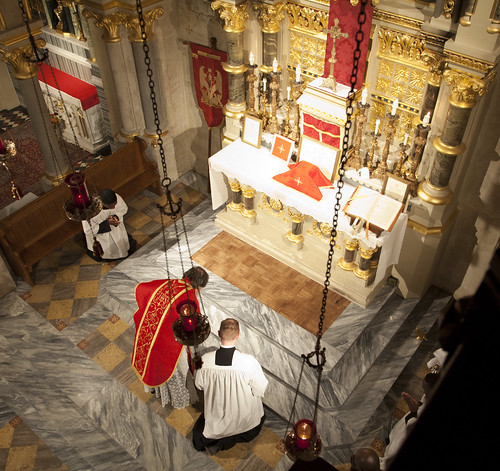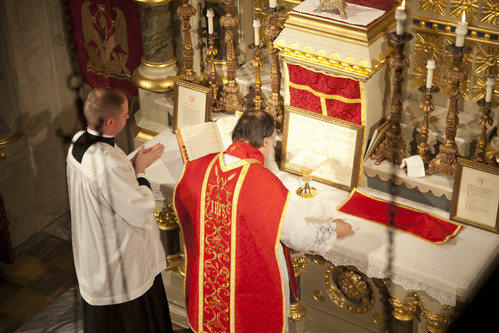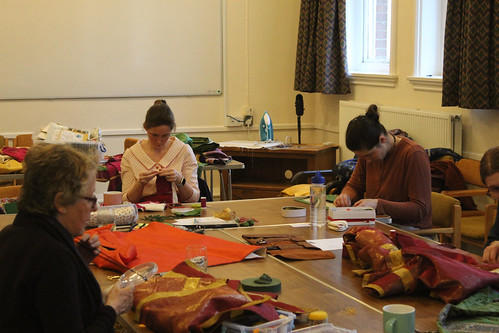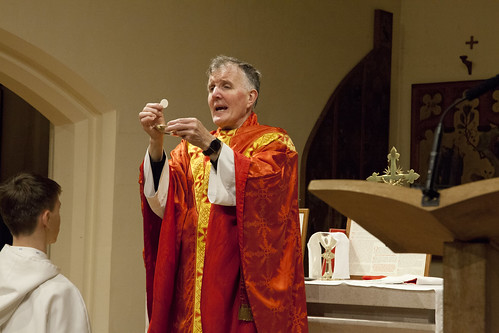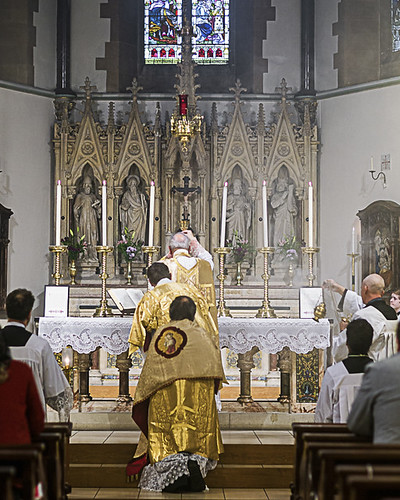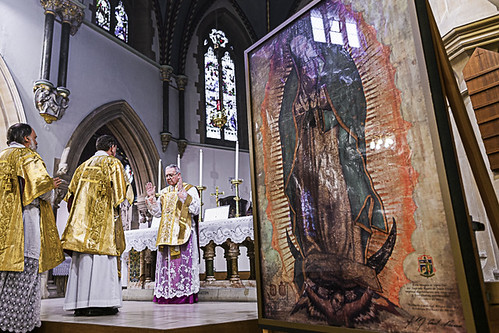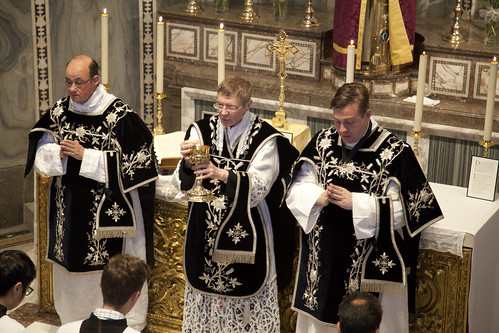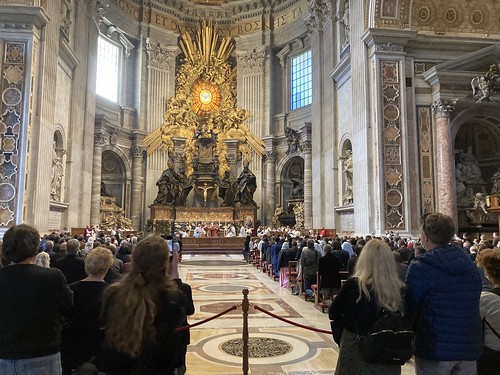 |
Vladimir Ashkenazy in 2007, from
Wikipedia Commons |
Cross-posted from the
FIUV blog.
To mark the 50th anniversary of the granting of the '
English Indult', the FIUV made contact with the sole living representative of the signatories of the petition to which the Indult was a response: the Russian-born pianist and conductor
Vladimir Ashkenazy, one of 57 mostly British figures from the social and cultural elite, many of them non-Catholic.
We are delighted to announce that he has accepted the Federation's award of its rarely-bestowed De Saventhem Medal, for his contribution to the cause of the Traditional Latin Mass.
Among the signatories was the crime-writer Agatha Christie, whose books have sold more copies than any other author, setting aside Shakespeare and the Bible.
Mr Ashkenazy, now 84 and living in retirement in Switzerland, was one of the younger signatories back in 1971, since the focus was on people at the pinnacles of their careers. One signatory, the distinguished classicist Sir Maurice Bowra, President of the British Academy, died a few days before the petition was published in the Times in July 1971, at the age of 73.
The
signatories included many of the most senior Catholics in the country, such as the Duke of Norfolk and a prominent judge, Lord Russel of Killowen; Catholic and non-Catholic cultural figures such as Kenneth Clark, the Director of the National Gallery, Cecil Day-Lewis, the Poet Laureate, and Graham Greene; and academics who were household names, such as the historian Sir Harold Acton and the philosopher Dame Iris Murdoch.
Vladimir Ashkenazy is a worthy representative of this distinguished group. He experienced Soviet Communism, but was able to make his life in the West, in England, Iceland (his wife's homeland), Greece, Germany, and Switzerland. Like many of men and women of artistic sensitivity, he saw the significance of the ancient Catholic liturgy, and understood the threat to it as a threat, as the petition text expressed it, to world culture.
In accepting the award, he
wrote:
 |
| 'Dr Erich de Saventhem: Pro merito magno' |
My personal view of the matter is, that it is of great spiritual value and importance that the more ancient Latin Catholic Liturgy, with its associated cultural and musical traditions, be preserved for all those who are concerned with strengthening, or at least maintaining, our connection with the Divine; the ancient liturgies, be they Catholic or Orthodox (I am baptized in the Russian Orthodox Church) are, by default, bound to represent a much purer spiritual relationship with Christ in particular, and with the world in general, than do, to quote Dr. Erich Vermehren De Saventhem: " the flat, prosaic, philistine or delirious liturgies which will soon overgrow and finally smother even the recently revised rites..."
Being a musician, I am fully in agreement with the idea that the ancient/traditional Roman Catholic Mass will have inspired a plethora of invaluable artistic achievements over the ages: mystical works, poetry, philosophical treatises, musical works of genius, magnificent edifices, wonderful paintings, incredible sculptures, and even the construction of marvellous musical instruments like the organ and the piano!
There is a discussion of the significance of the petition and of the involvement of Agatha Christie on the Catholic National Register, and of cultural figures including Vladimir Ashkenazy on the 1P5 blog respectively.
More about the 1971 petition, its organiser Alfred Marnau, and other petitions for the same cause, can be seen here.
